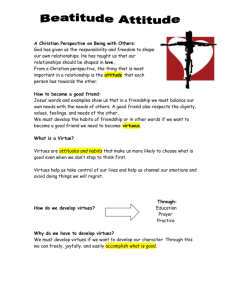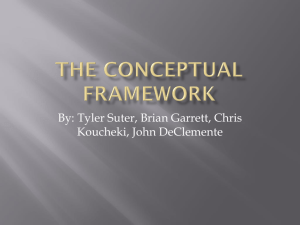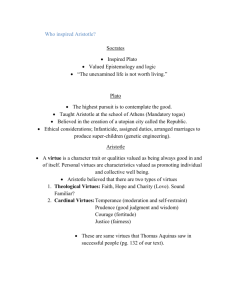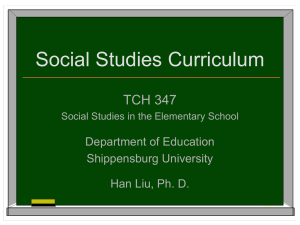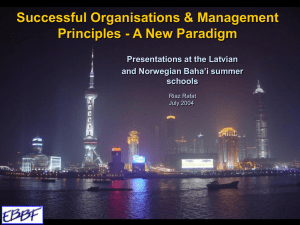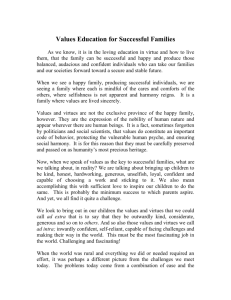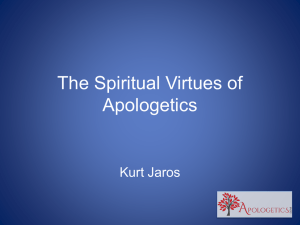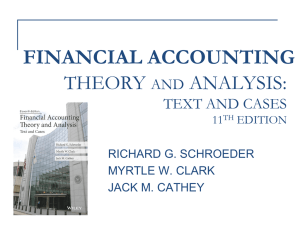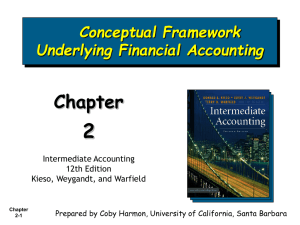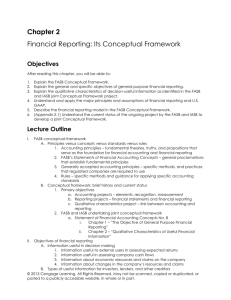Accounting Theory Exam: Objectives & Frameworks
advertisement
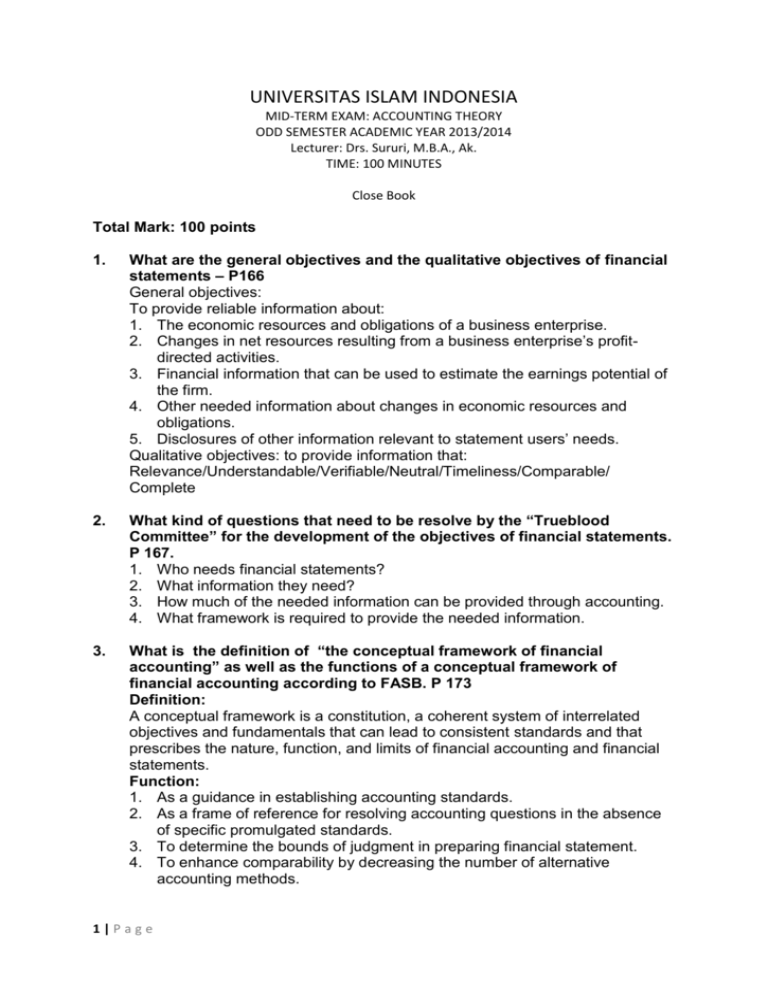
UNIVERSITAS ISLAM INDONESIA MID-TERM EXAM: ACCOUNTING THEORY ODD SEMESTER ACADEMIC YEAR 2013/2014 Lecturer: Drs. Sururi, M.B.A., Ak. TIME: 100 MINUTES Close Book Total Mark: 100 points 1. What are the general objectives and the qualitative objectives of financial statements – P166 General objectives: To provide reliable information about: 1. The economic resources and obligations of a business enterprise. 2. Changes in net resources resulting from a business enterprise’s profitdirected activities. 3. Financial information that can be used to estimate the earnings potential of the firm. 4. Other needed information about changes in economic resources and obligations. 5. Disclosures of other information relevant to statement users’ needs. Qualitative objectives: to provide information that: Relevance/Understandable/Verifiable/Neutral/Timeliness/Comparable/ Complete 2. What kind of questions that need to be resolve by the “Trueblood Committee” for the development of the objectives of financial statements. P 167. 1. Who needs financial statements? 2. What information they need? 3. How much of the needed information can be provided through accounting. 4. What framework is required to provide the needed information. 3. What is the definition of “the conceptual framework of financial accounting” as well as the functions of a conceptual framework of financial accounting according to FASB. P 173 Definition: A conceptual framework is a constitution, a coherent system of interrelated objectives and fundamentals that can lead to consistent standards and that prescribes the nature, function, and limits of financial accounting and financial statements. Function: 1. As a guidance in establishing accounting standards. 2. As a frame of reference for resolving accounting questions in the absence of specific promulgated standards. 3. To determine the bounds of judgment in preparing financial statement. 4. To enhance comparability by decreasing the number of alternative accounting methods. 1|Page 4. Elaborate the virtues of accounting practice as well as the obstacle to maintain the virtues. P.41 Virtues of accounting: 1. Honesty of the accountant in general and the auditor in particular. 2. Concern for the economic status of others in the form of stewardship and accountability. 3. Sensitivity to the value of cooperation and conflict by preempting conflicts and producing a kind of enforced cooperation through the use of management accounting techniques. 4. Communicative character of accounting by telling about economic experiences through accounting discourse, and 5. Dissemination of economic information by providing economic information for decision making. Obstacle: 1. The dominance of external rewards threatening auditor independence 2. The corrupting power of institutions 3. The failure to distinguish between virtues and laws. 5. What is the problem of accounting information based on “the selective financial misrepresentation hypothesis”? P.54 The problem is not accidental, but instead results from constrived and flexible reporting rules promulgated by standard setters who have been “captured” by the intended regulatees and others involved in the financial reporting process. 6. State the three out of six action plan to improve the “reliability and transparency” of financial statements as proposed by SEC Chaiman Levitt. 1. Public company will be required to make detailed disclosures about the impact of changes in accounting assumptions so that the market can “better understand the nature and effects of the restructuring liabilities and other loss accruals”. 2. New SEC guidance will emphasize “the need to consider qualitative, not just quantitative factors” when judging materiality. 3. AICPA will clarify the rules for auditing purchased research and development and “argue for existing guidance on restructuring, large acquisition write-offs, and revenue recognition practices”. 4. FASB will accelerate certain projects that relate to the definition of constructive liability. 7. State the common type of fraudulent financial reporting. P.61 1. The manipulation, falsification or altering of records or documents. 2. The suppression of omission of the effects of completed transactions from records of documents. 3. The recording of transactions without substance. 4. The misapplication of accounting policies. 5. The failure to disclose significant information. 2|Page 8. What is mean with the midle-range theories of accounting? P.84 Robert Merton definition: Theories that lie between the minor but necessarily working hypotheses that evolve in abundance during day-to-day research and the all-inclusive systematic efforts to develop a unified theory. 9. Contrast the pragmatic approach and the authoritarian approach in formulating the accounting theory. P 110 Pragmatic approach: Consists of the construction of a theory characterized by its conformity to realworld practices that is useful in terms of suggesting practical solutions. Authoritarian approach: Formulation of accounting theory which is employed primarily by professional organizations, consists of issuing pronouncements for the regulation of accounting practices. 10. Contrast the deductive and the inductive approach in formulating an accounting theory, including the stages of each of the approach. Deductive Approach: The steps used to derive the theory will include: 1. Specifying the objectives of financial statements 2. Selecting the “postulates” of accounting. 3. Deriving the “principles” of accounting. 4. Developing the “techniques” of accounting. Inductive Approach: The steps used to derive the theory will include: 1. Recording all observations 2. Analysis and classification of these observations to detect recurring relationship (“likes” and “similarities”) 3. Inductive derivation of generalizations and principles of accounting from observations that depict recurring relationships. 4. Testing the generalizations. ******* 3|Page
